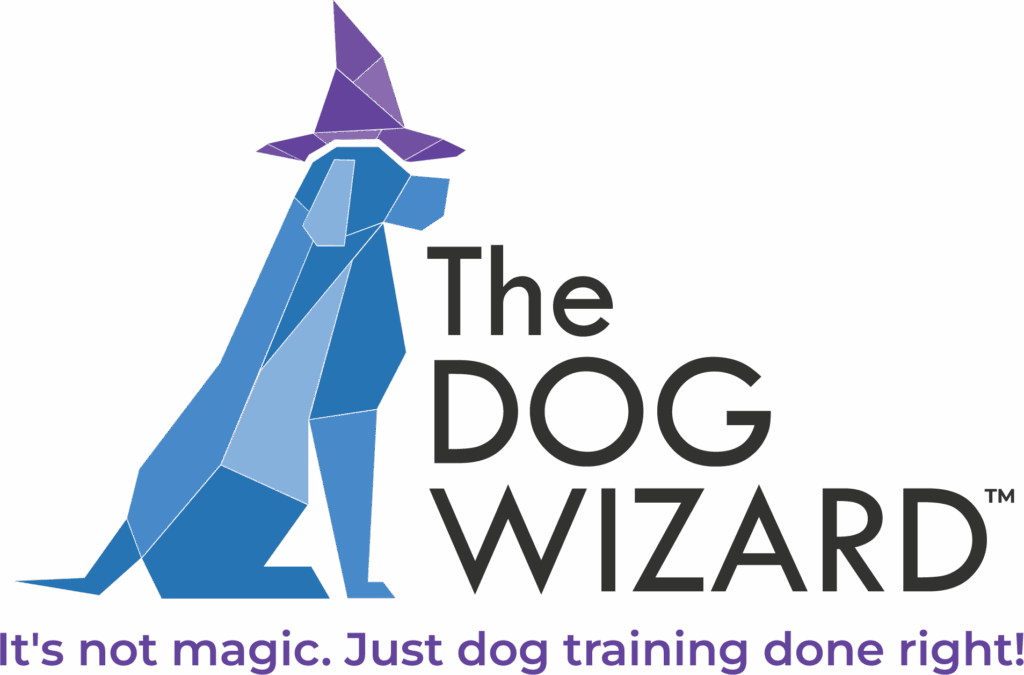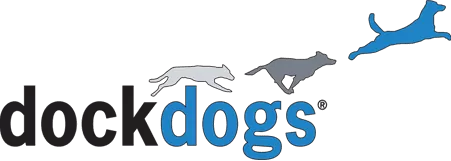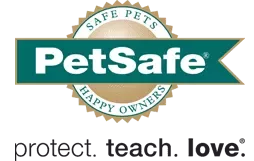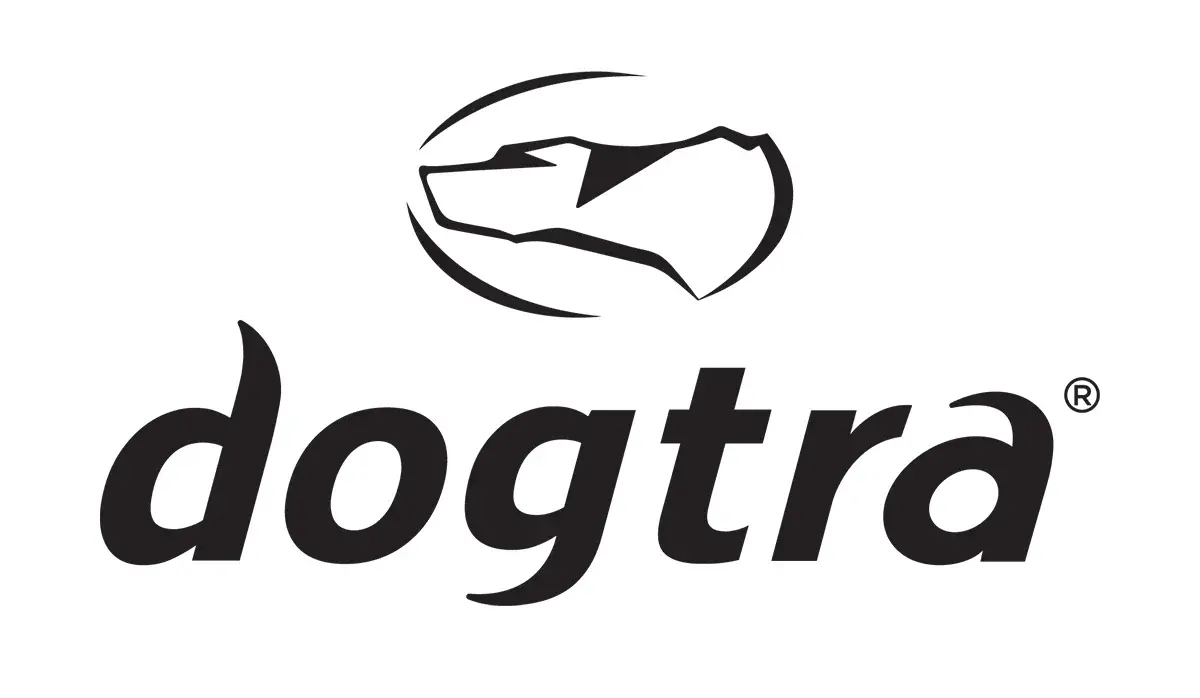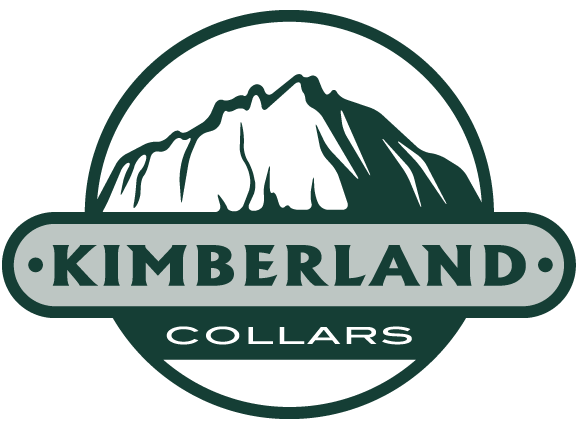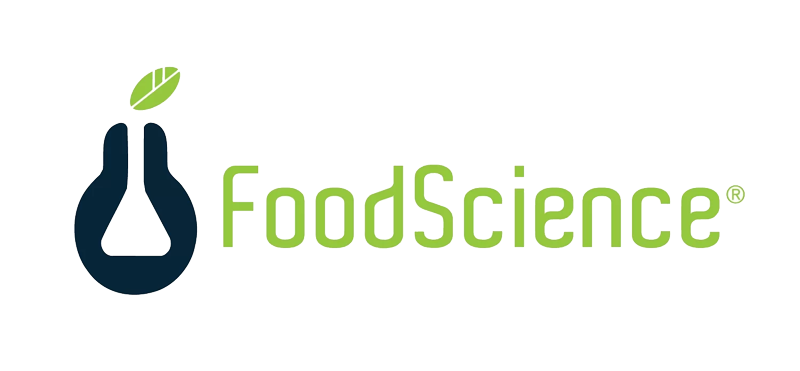Many dog owners notice their puppy eats things they shouldn’t. Many puppies will eat toys, rocks, dirt, other small objects and even pieces of furniture they’ve chewed off.
Not only are these destructive behaviors frustrating, but they can also cause serious health problems. Things swallowed by young puppies or adult dogs can get lodged in the digestive tract, causing a blockage. Sharp objects can also puncture vital organs from the inside, so it’s crucial to teach dogs to stop eating things they shouldn’t.
But why would a dog eat everything, and how can you stop them from doing it? Continue reading to find out.
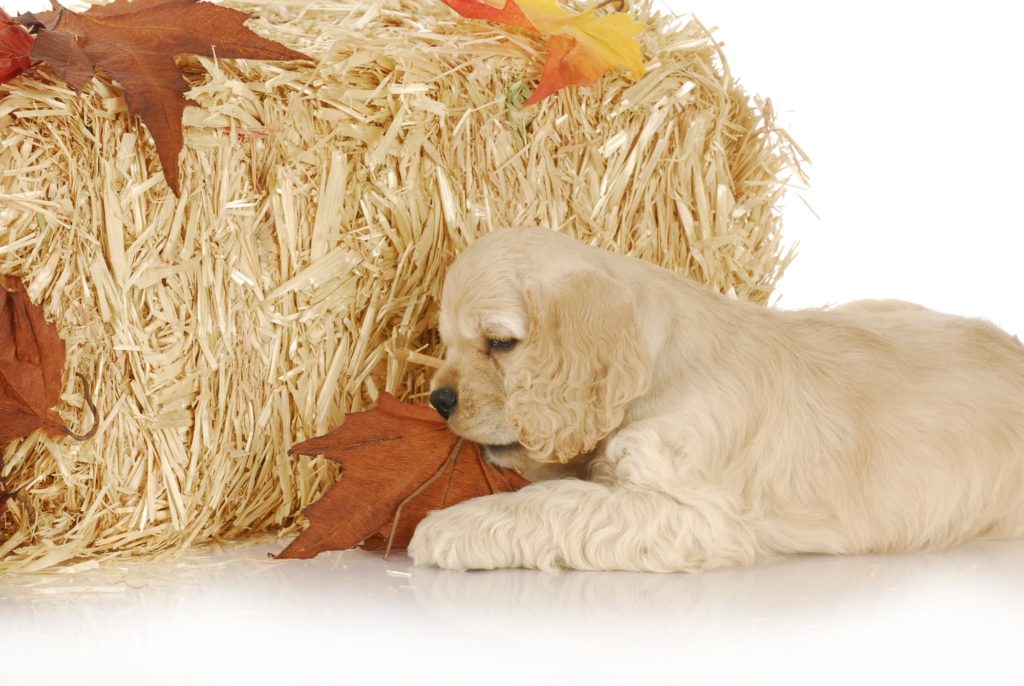
Why Do Puppies Eat Everything?
There are various reasons most puppies eat everything they can get their mouth on. One of the primary reasons is poor impulse control. Like human babies and toddlers, a pup has to learn how to control its impulses. This is done through a combination of proper training and reaching adulthood.
A puppy’s teeth can also be to blame for its strange eating habits. When it’s teething, everything goes into a dog’s mouth to ease its pain and discomfort. Unfortunately, while chewing many dogs accidentally ingest pieces of the object. For example, your puppy may have meant to chew on rocks rather than eating them. In the process, it accidentally swallowed small pieces or an entire rock. Unfortunately, chewing rocks can also damage your canine’s teeth.
Various health concerns (such as a condition called pica or nutritional imbalances) can also cause your pet to eat dirt or eat grass or eat rocks. Although it’s a disgusting habit, some dogs will also eat poop. Poop eating is a common complaint for new pet owners. While it may not make much sense to pet parents, the pup has an instinct to eat certain things hoping it’ll feel better. Some puppies grow out of the stage where they eat everything. For other dogs, medical problems can be why they continue eating inedible things as though they were food.
If you’re unsure why your dog eats inappropriate things, make an appointment to discuss it with your vet. Only a vet can get to the root cause and tell you if your puppy’s behaviors are normal (or not concerning) or indicate an underlying problem.
Puppy-Proof Your Home
You can’t puppy-proof the world, but you can make your home safer for your dog. One way to make your home safer is to crate train your puppy for when you aren’t home. While some dogs like the sense of security a traditional crate provides, others may not enjoy the small space. If this is the case, consider using a spare room as a dog’s safe space. Other ways you can puppy-proof your home and backyard include:
- Removing all plants that are toxic to your animals
- Securing any plants (that aren’t toxic) in hard-to-reach areas
- Using a cable management sleeve for all low-lying cords
- Picking up any cords that aren’t currently in use
- Making sure all cleaning supplies and medications are stored securely in a high cabinet
- Keeping all coins, jewelry and other small items off the floor
- Keeping the lid down on all toilets (or keep bathroom doors closed)
- Getting rid of any full water basins (as they pose a drowning risk)
- Using a trash can with a lid
- Screening off all fireplaces
- Using closed doors or baby gates to keep the puppy out of any hazardous rooms
Hazardous rooms can include basements, attics, playrooms and utility rooms. Any space where many small or otherwise dangerous objects are should be secured. It also helps to provide plenty of mental stimulation (such as interactive toys) to your new pet and feed it dog food containing all the nutrients it needs to thrive.
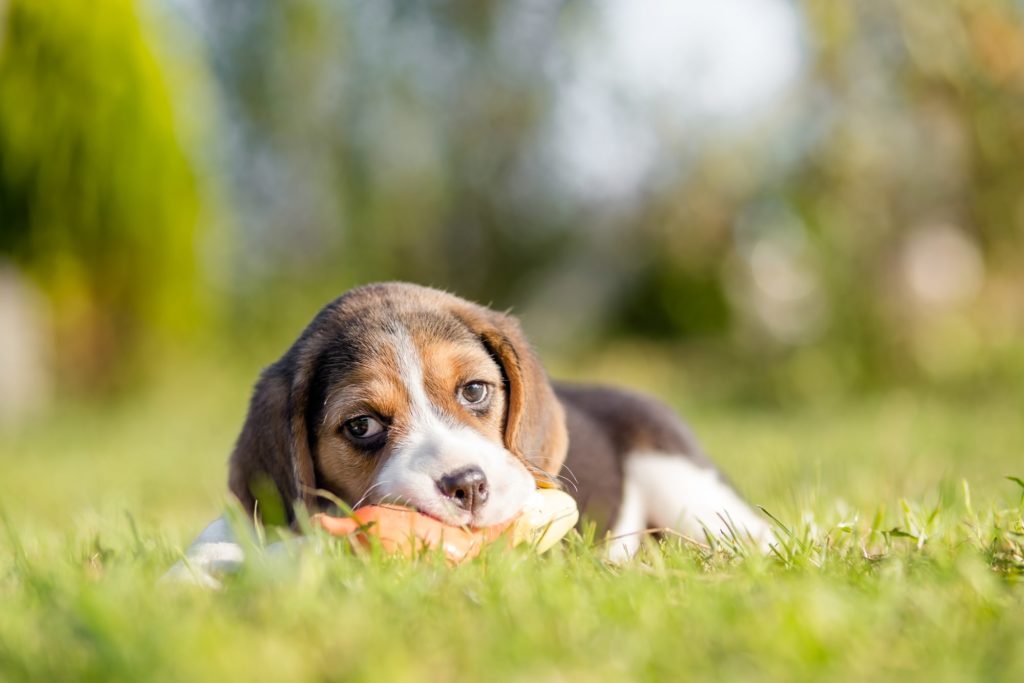
Incorporate These Dog Training Commands
Most basic impulses can be curbed with proper training. You should attempt to keep a regular training schedule from an early age. This schedule can be continued as your puppy grows into an adult dog. For starters, you might consider muzzle training if your puppy tends to eat inedible objects while you’re out on walks. An alternative is carrying treats with you.
Several basic commands can help with most dogs eating strange objects. The most important commands to teach for this behavioral issue are “drop it” and “leave it.” Incorporate these commands into an exchange game, where your dog gets rewarded for dropping non-food items and is rewarded with an edible treat.
Keep an Eye on Your Puppy
Unlike older dogs, you can’t leave puppies unsupervised. Having a puppy is a lot like having a human toddler — they’ll get into everything they see because of sheer curiosity. This curiosity isn’t only natural but also healthy, as long as you’re there to prevent any disasters. You’ll want to keep any new puppy under close supervision.
If your dog ate weird things despite your best efforts, the best thing you can do is call the vet immediately. In many cases, small, nontoxic objects will pass through your dog’s gastrointestinal tract without causing anything more serious than an upset stomach. However, some foreign objects can be a big deal and require surgery or other medical interventions.
Learn More About Correcting Your Puppy’s Behavior
If your puppies eat things they shouldn’t, it can be confusing, frustrating and overwhelming. The information above can help stop these unwanted behaviors. However, if you still have questions about why your pet is eating everything, you can find more helpful information online at The Dog Wizard. You can also locate qualified dog trainers in your area if you feel professional help is necessary to stop compulsive eating issues.
